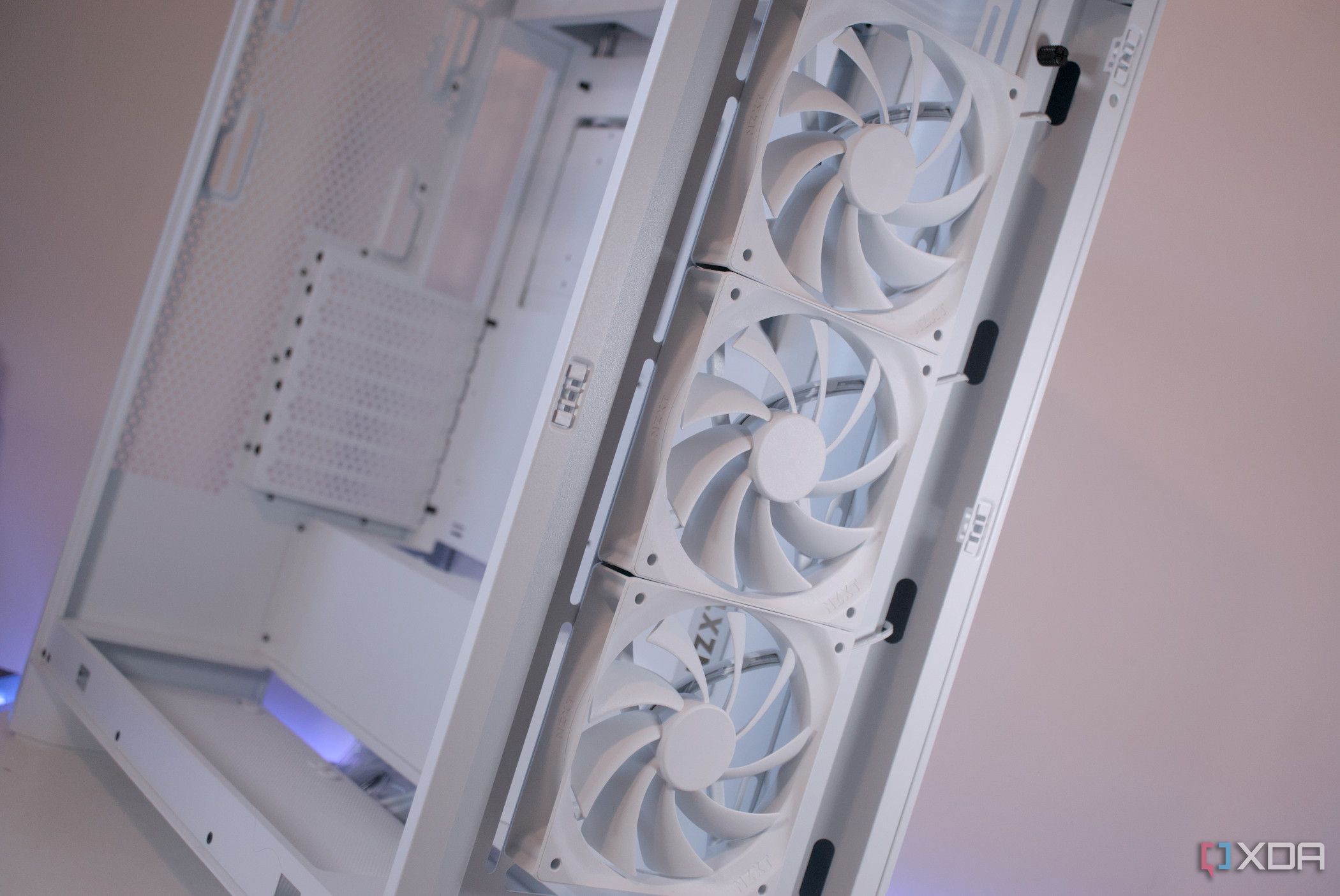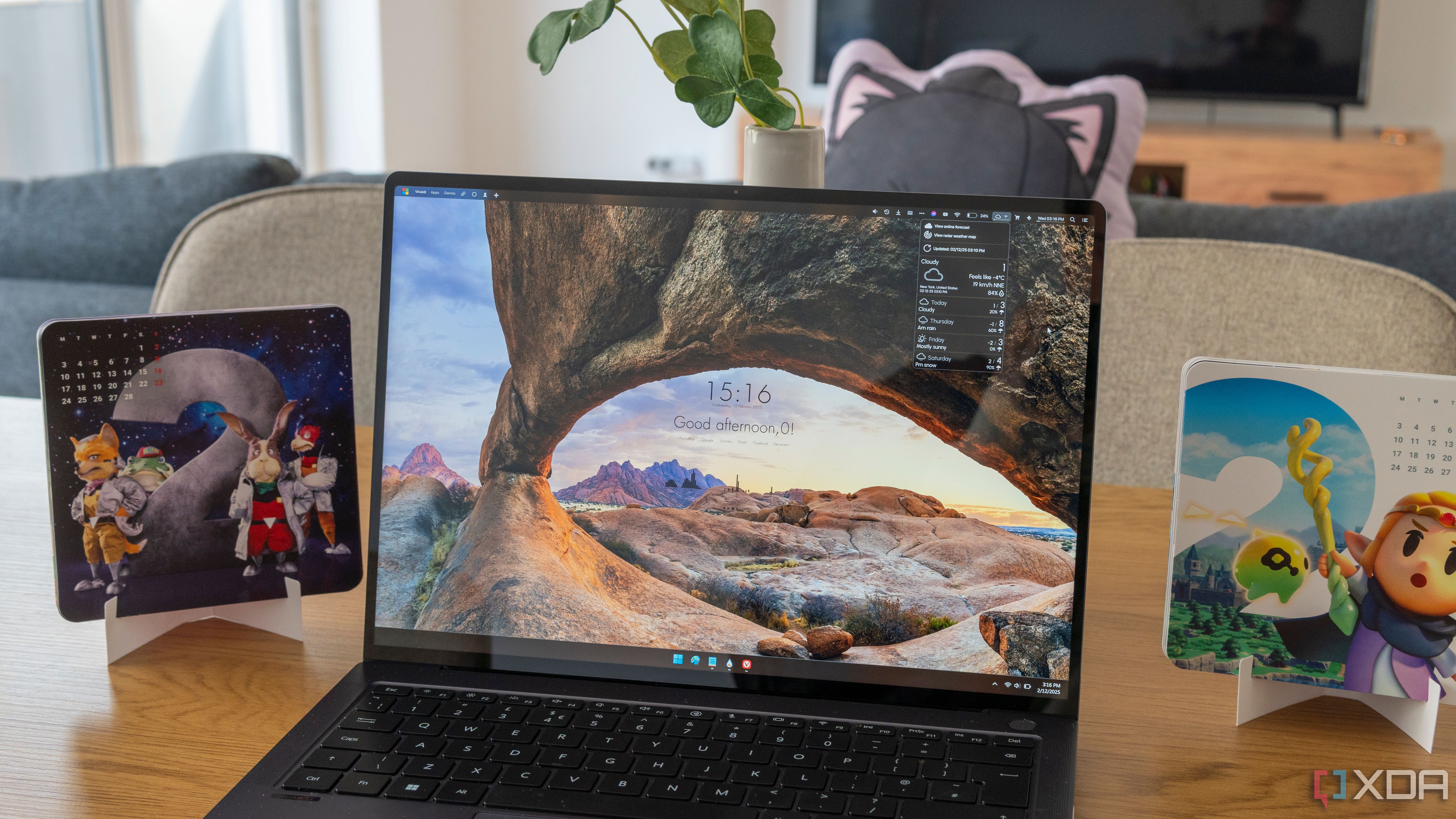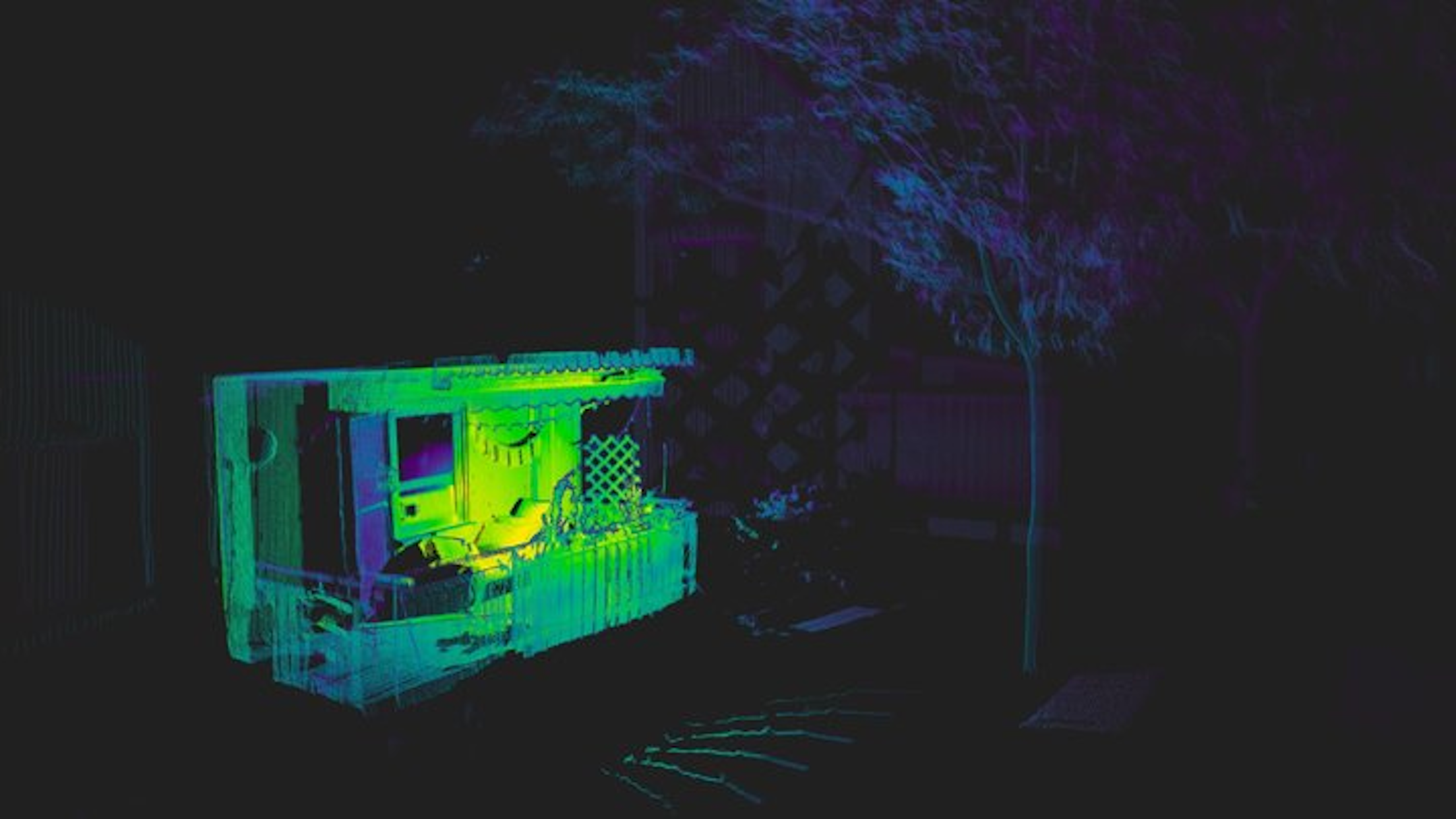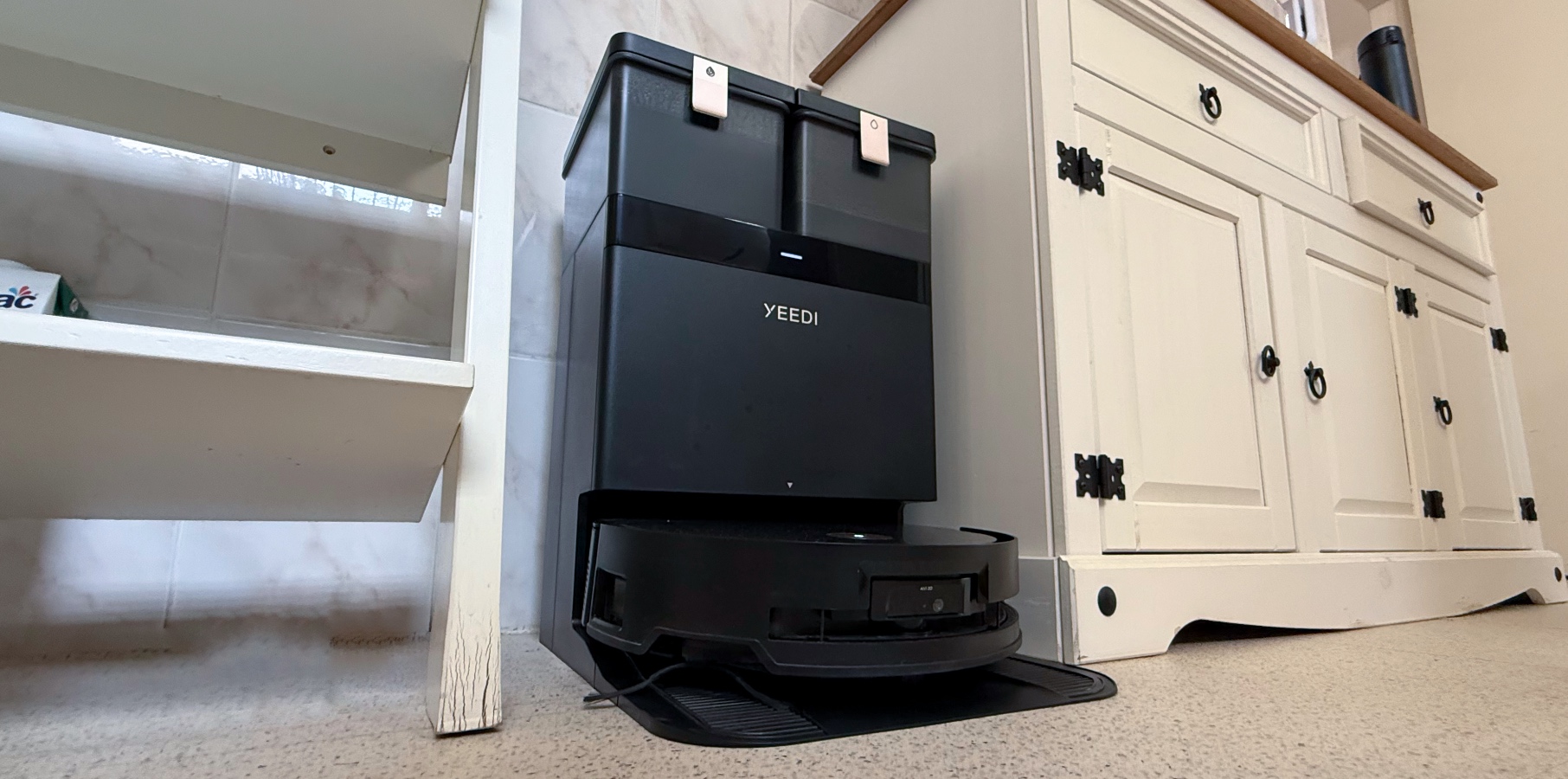No Nvidia? No problem - Huawei debuts AI system that's apparently faster than the market leader, the GB200 NVL72
Huawei debuts an AI system in China that's significantly faster than Nvidia’s market leader, the GB200 NVL72.

- Huawei launches CloudMatrix 384 Supernode to rival Nvidia’s NVL72 AI
- CloudMatrix 384 delivers nearly double the compute power with superior memory and bandwidth
- Consumes almost four times the power but system efficiency is less critical in China
Huawei has been positioning itself as the Chinese Nvidia for some time, and now, the South China Morning Post reports the company has launched a new AI infrastructure architecture set to rival the US chip giant’s NVL72 system.
Nvidia’s NVL72 links 72 GPUs using NVLink technology, allowing them to function as a single, powerful GPU. Built for trillion-parameter AI models, it delivers real-time inference at speeds up to 30 times faster than previous systems by avoiding traditional data transfer bottlenecks.
SCMP said Huawei’s rival to this, the CloudMatrix 384 Supernode, has been described as a "nuclear-level product" by unnamed Huawei sources. According to reports, it uses 384 Ascend 910C chips to deliver 300 petaflops of dense BF16 compute, that's almost double the 180 petaflops offered by Nvidia’s NVL72.
Power hungry
The CloudMatrix 384 Supernode has so far been deployed at Huawei’s data centers in Wuhu, a city in central Anhui province, the report says.
Writing about the new product, SemiAnalysis confirms this rack-scale solution competes directly with Nvidia’s GB200 NVL72 and, in some metrics, outperforms it. The site says that despite sanctions, China’s domestic semiconductor capabilities are growing and Huawei’s strength lies in system-level engineering, including networking, optics, and software.
While the Ascend chips rely heavily on foreign supply chains, such as HBM from Samsung and wafers from TSMC, Huawei has managed to skirt export controls through complex sourcing strategies.
The CloudMatrix 384 doesn’t only outperform the NVL72 in terms of compute, it also offers 3.6x aggregate memory capacity and 2.1x more memory bandwidth. However, something Huawei is likely less keen to shout about is that it consumes nearly four times the power.
SemiAnalysis points out that in China this is less of an issue than you might think. Abundant power generation means efficiency is less of a constraint compared to in the West, and China is expanding its energy grid rapidly, supporting such power-hungry AI infrastructure, even when supply outstrips demand.






![What’s new in Android’s April 2025 Google System Updates [U: 4/18]](https://i0.wp.com/9to5google.com/wp-content/uploads/sites/4/2025/01/google-play-services-3.jpg?resize=1200%2C628&quality=82&strip=all&ssl=1)

















































































![[Webinar] AI Is Already Inside Your SaaS Stack — Learn How to Prevent the Next Silent Breach](https://blogger.googleusercontent.com/img/b/R29vZ2xl/AVvXsEiOWn65wd33dg2uO99NrtKbpYLfcepwOLidQDMls0HXKlA91k6HURluRA4WXgJRAZldEe1VReMQZyyYt1PgnoAn5JPpILsWlXIzmrBSs_TBoyPwO7hZrWouBg2-O3mdeoeSGY-l9_bsZB7vbpKjTSvG93zNytjxgTaMPqo9iq9Z5pGa05CJOs9uXpwHFT4/s1600/ai-cyber.jpg?#)










































